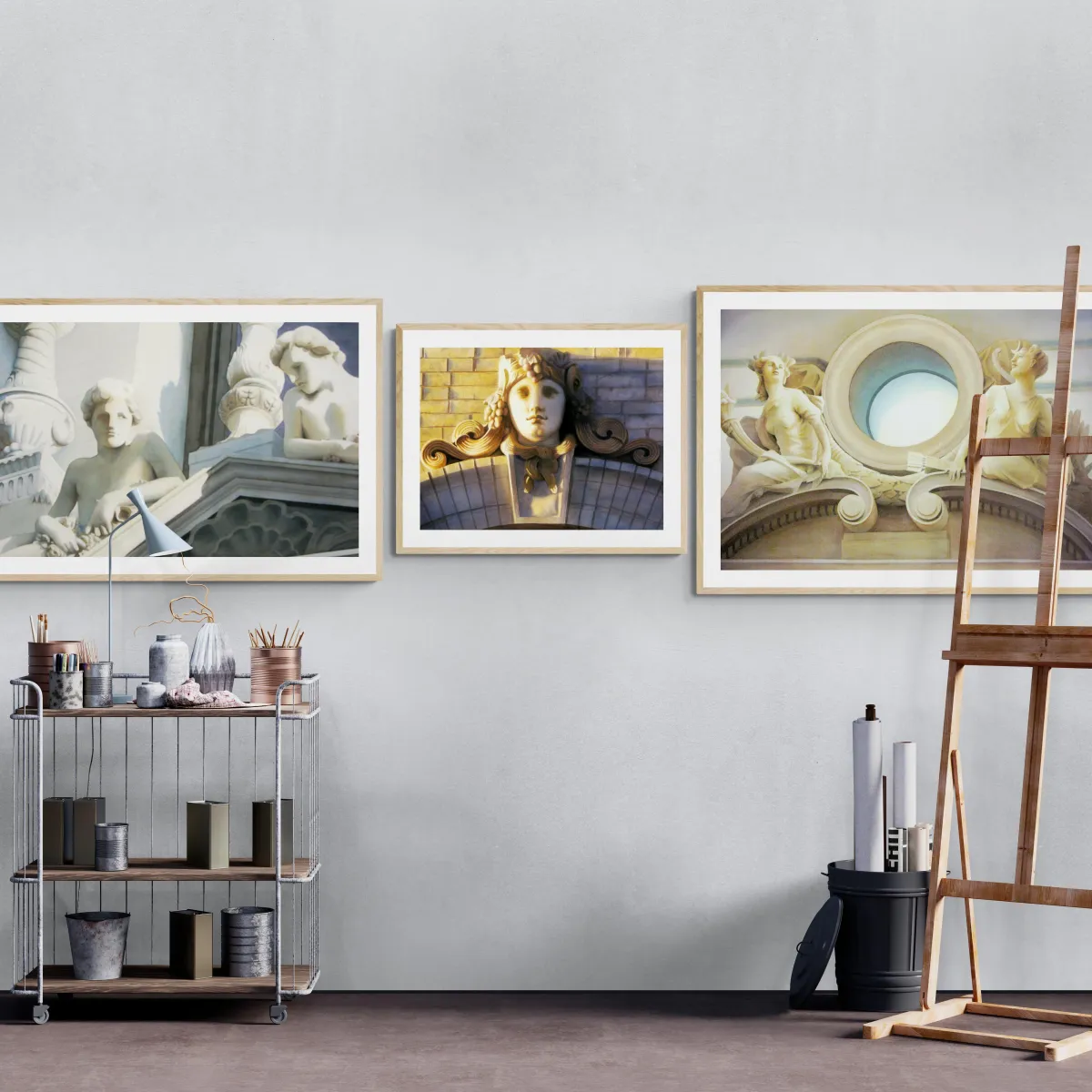Philosophy of teaching

Art as Meditation
In today's fast-paced world, having a creative space is essential. It's your peaceful sanctuary where you can slow down and nourish your soul. When you enjoy the life you're creating, this space becomes your stability in our constantly changing world.
Perseverance in Art: A Lifelong Path
Self-development and self-actualization through art
Any journey to mastery requires discipline and self-reflection. Learning skills is a fundamental process, but if you have nothing to express, what good can the skill do?
Once you begin the journey, you will experience a bit of a "high" from new stimulation and a feeling of excitement. New neural circuits are activated, creating fresh connections in the brain. Then you will hit a wall where many people give up because our monkey mind wants us to stay in a familiar comfort zone. This is when we need support, gentle push, and a change of approach. It's also time to go inward. It's the battle of your soul vs ego.
To tell you the truth, this journey never ends. That's why artists don't retire. Practicing art is a way of living. When you reinvent yourself, you reach the next height, and it shows in your work.

Edgar Degas said, "Painting is easy when you don't know how but very difficult when you do."
Learning humbles us. The better we become, the humbler we become. But don't be too hard on yourself. We are all human beings experiencing highs and lows. Just ride with grace and have faith in your own path to the ascended self. It's a never-ending journey. All we can do is embrace and enjoy it while your painting reflects back the beauty within you.

Why watercolor...?
Watercolor embodies water's essence, its life-giving nature. Water is essential to us, holding countless memories as it moves through our lives and the cycle of the earth as a nurturing presence. It envelops us, sustaining life from our earliest moments.
Using watercolors teaches you to respect natural laws. You'll discover the beauty in letting go of control and embracing the fluidity of the paint. It teaches you to trust in its flow to lead your path.
Seeing the World with an Artist’s Eye
From Learning to Creativity - Stimulating Brain Activity with a Childlike Mindset
To master your skill, you need to follow these stages:
1. Input:
Begin by immersing yourself in knowledge acquisition through reading, listening, and observing. This initial phase sets the foundation for understanding and insight.
2. Practice:
Next, dedicate yourself to deliberate practice. Repeat the task with intention until it becomes second nature. Though this phase may seem tedious, it lays the groundwork for proficiency.
3. Refinement:
As you progress, further learning and practice become crucial to elevate your expertise. This stage is about honing and solidifying your skills, pushing you towards mastery.
4. Experiment with the unconventional:
Embrace innovation and risk-taking. Confidence in your abilities fuels this step, reigniting the excitement reminiscent of your initial journey. This creative exploration expands your perspectives, fostering growth and transformation. You evolve into a creator, experiencing true freedom in your craft.

These four stages are not just for mastering a skill, they are the building blocks of a fulfilling life. Just like mastering a complex musical piece or a challenging yoga pose, living a vibrant life requires dedicated effort and an openness to continuous learning.
By embracing the cycle of input, practice, refinement, and experimentation, we step outside our comfort zones and expand our horizons. We move from passive observers to active participants, constantly evolving and discovering new depths within ourselves and the world around us.
This journey of mastery, both in specific skills and in life itself, cultivates a childlike wonder that allows us to appreciate the beauty that surrounds us.
